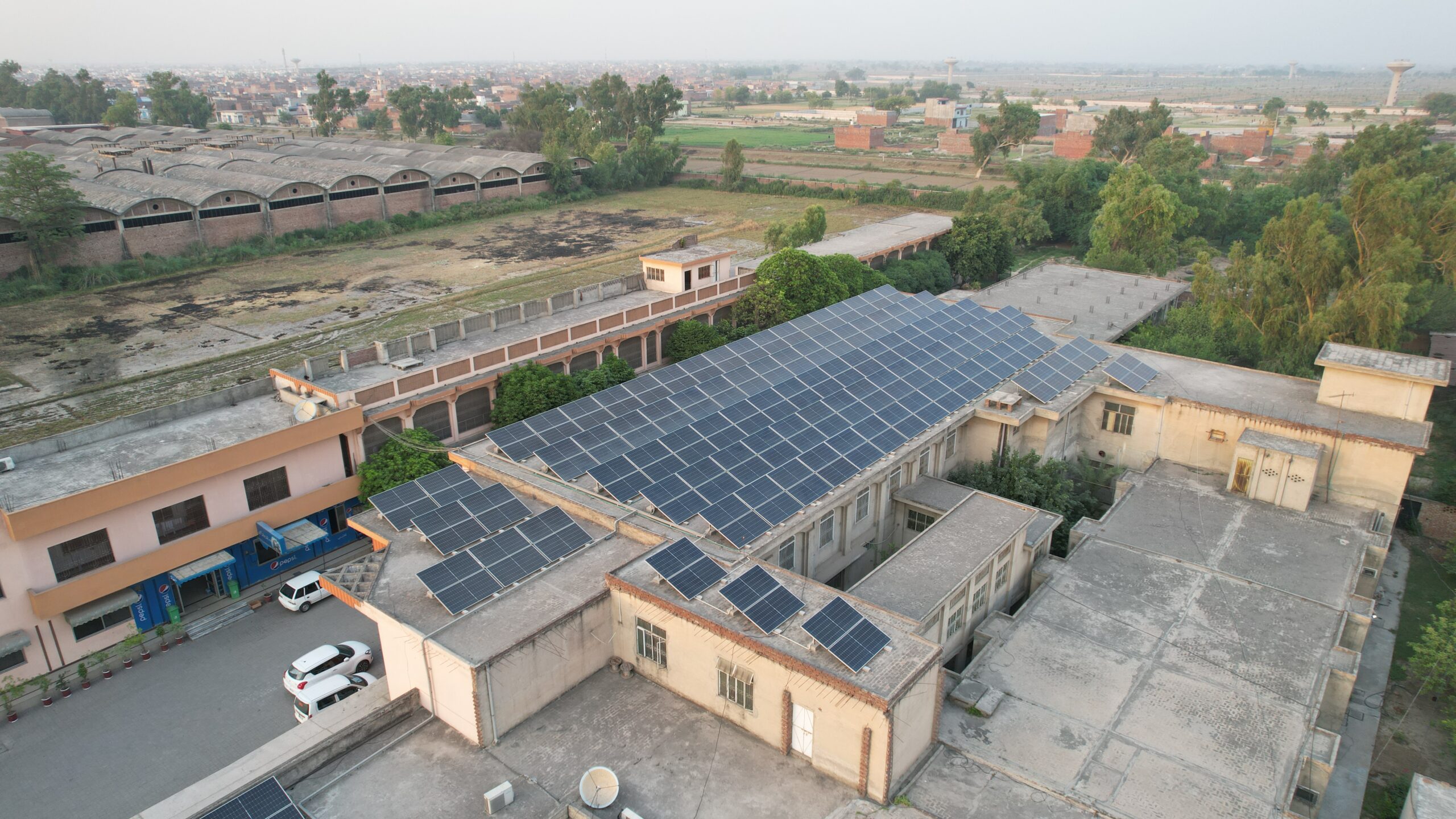1. Catching Sunlight with Solar Panels
Solar panels also called photovoltaic (PV) panels, consist of many solar cells. Silicon forms these cells. Silicon produces electricity when sunlight touches it.
Photovoltaic Effect:
Sunlight hitting solar cells causes photons (light particles) to free electrons from silicon atoms creating an electric current. This process has the name "photovoltaic effect."
2. Turning Energy into Electricity We Can Use
Solar cells make direct current (DC) electricity, but most homes and businesses need alternating current (AC).
Inverter:
A solar inverter changes DC electricity to AC electricity. This makes it ready to power appliances, lights, and other devices.
3. Using or Storing the Energy
After changing to AC electricity, we can use the power in two ways:
Direct Consumption:
The electricity has an immediate effect on powering your home or business.
Energy Storage:
You can store extra electricity in batteries to use later, like at night or when it's cloudy.
You can also send extra energy back to the electrical grid in places with net metering programs, which lets you earn credits or get paid.
4. Monitoring Performance
New solar systems often come with software or apps that allow users to check how much energy they produce and use.
5. Solar Energy Beyond Electricity
Solar energy doesn't just make electricity. People can use it for:
Solar Water Heating: Systems use sunlight to heat water for homes or factories.
Concentrated Solar Power (CSP): Big systems use mirrors to focus sunlight and make electricity.
Benefits of Solar Energy
Good for the Environment: Solar power cuts down on greenhouse gases.
Saves Money: Lower power bills and possible help from the government.
Energy Freedom: Less need for fossil fuels.

